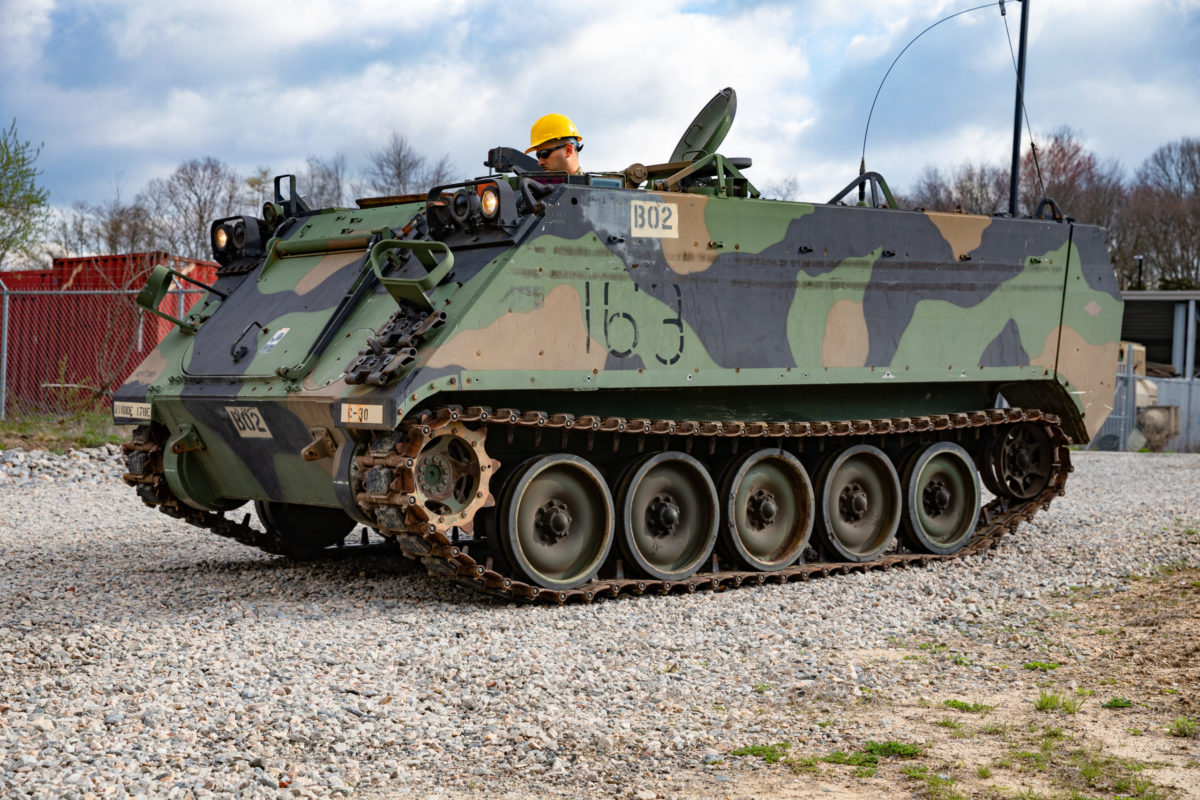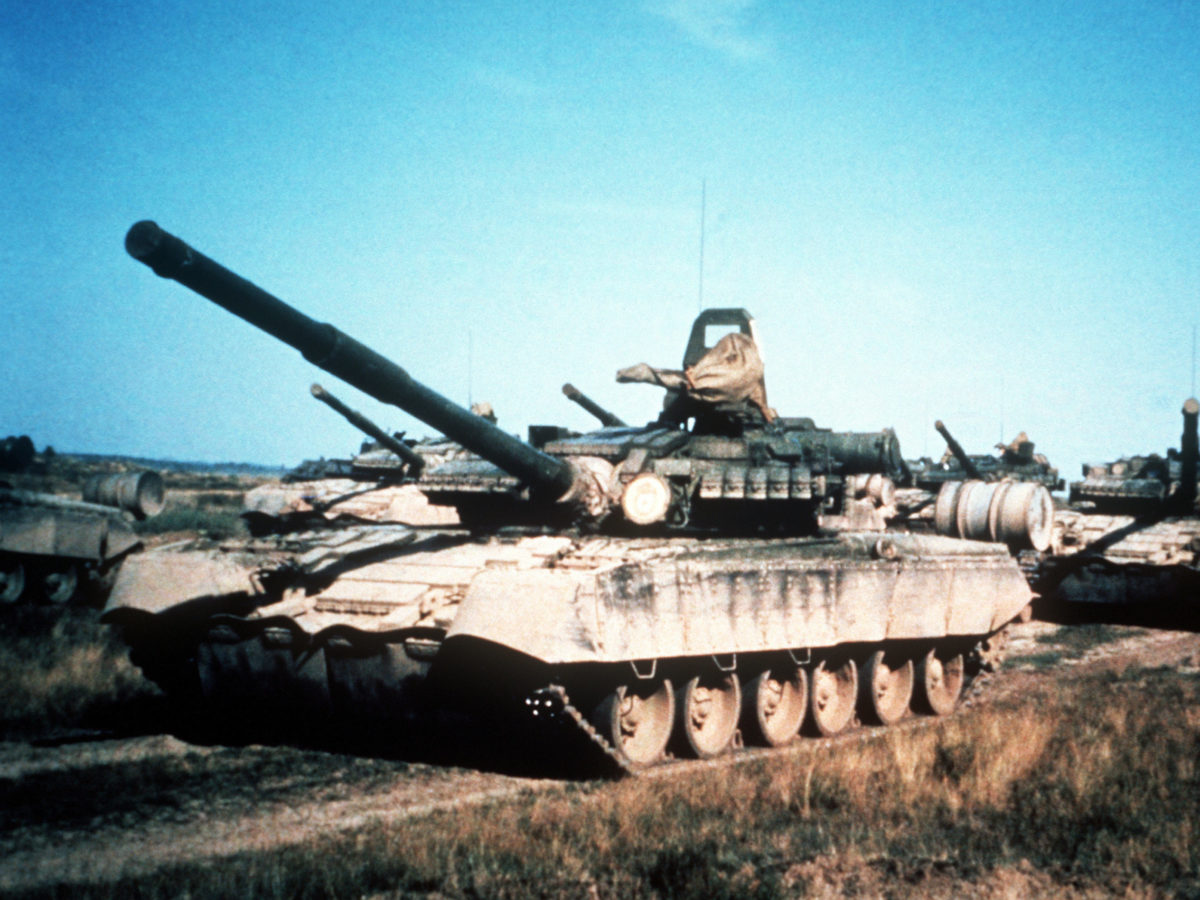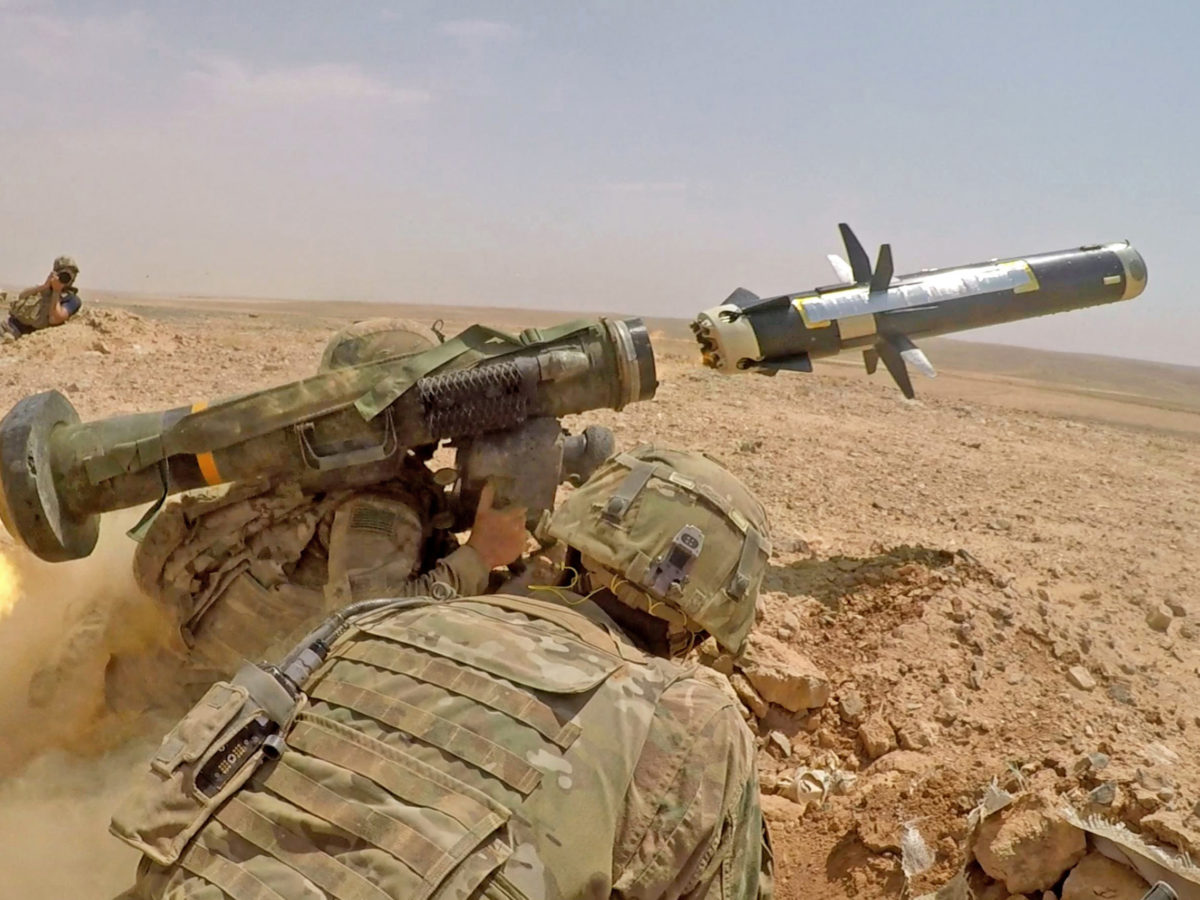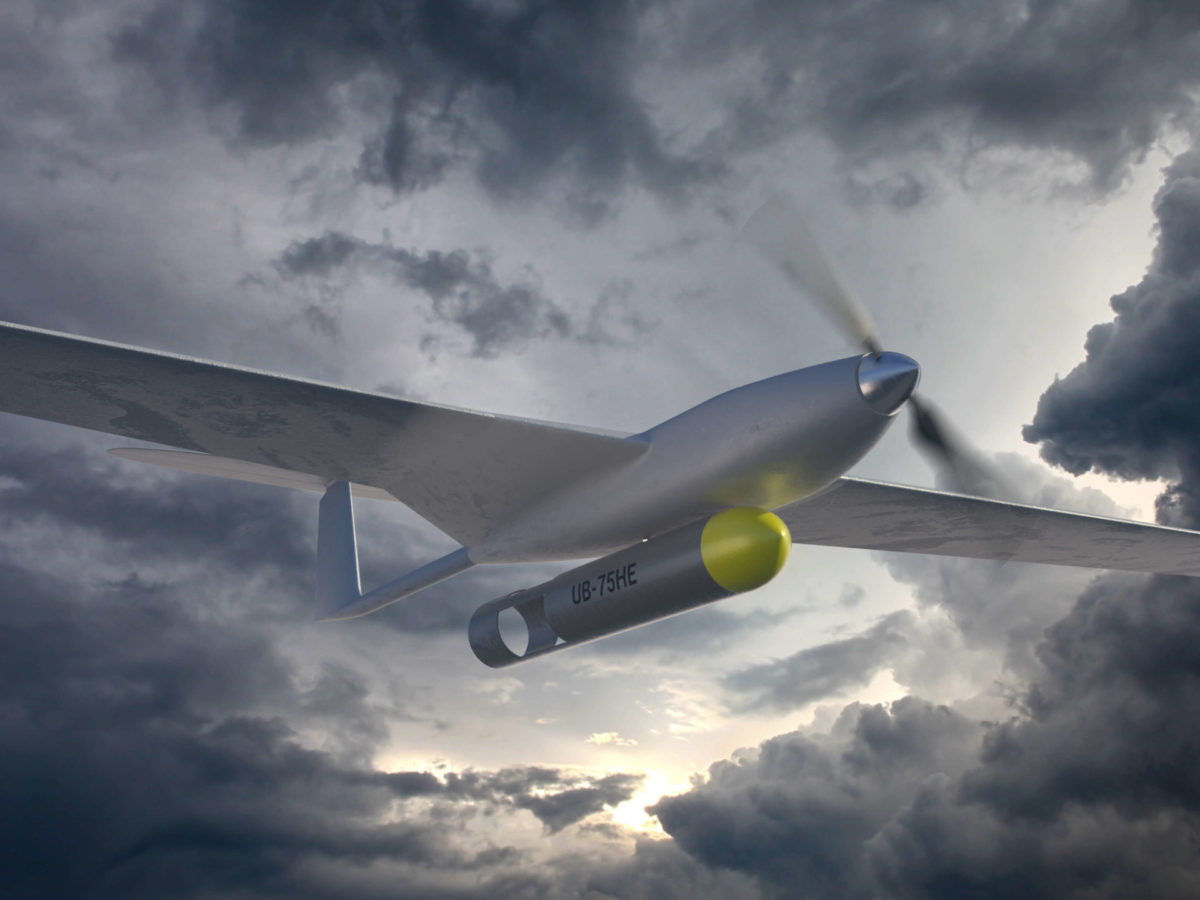The Russian invasion of Ukraine on Feb. 25, 2022 has seen the use of a wide range weaponry, both from the latest products of Russian and Western arsenals to some of the oldest — but still effective — Cold War ordnance.
While much of the Western powers’ state-of-the-art equipment reached Ukraine only after debate over how much they could afford to “donate,” there have been fewer questions asked regarding items like the M113, an American-built armored personnel carrier that first saw combat in Vietnam, a full six decades earlier.
GET HISTORY’S GREATEST TALES—RIGHT IN YOUR INBOX
Subscribe to our HistoryNet Now! newsletter for the best of the past, delivered every Monday and Thursday.
the History of APcs
The idea of using an armored tracked vehicle to ferry soldiers to the front and bring the wounded back dates at least 1918, when the British used their new Mark IV tanks for the purpose. The concept went into regular practice during World War II.
In 1957, the Food Machinery Corporation started work on a successor to the M59 and M75 armored personnel carriers, or APCs. It produced two possible candidates in the form of the M117, protected by steel armor, and the T113, protected by aluminum alloy. The latter was finally selected for development because it offered adequate troop protection at a lower price, as well as amphibious and air transportable capabilities.
Entering production in 1960, the 12-ton vehicle was propelled by a 275-hp gasoline engine, later replaced by a diesel, at speeds of up to 42 mph. Besides the driver, one of 11 men it carried was designated as an assistant driver while another (theoretically the squad leader, but in practice usually just another of the troops) manned the pintle-mounted M2 50-caliber machine gun and a designated assistant driver. In addition to the M2, each M113 carried a 7.62 mm M6 machine gun internally.
More Weapons of the Russia-Ukraine War
The M113’s Baptism of Fire in Vietnam
Cheap, reliable and easy to maintain, the M113 had its baptism of fire in 1962, in the Army of the Republic of Vietnam against the communist Viet Cong. Its 1.7 inches of armor could resist mortar and artillery fragments and gunfire up to 7.62 mm — but proved less likely to hold up against anything heavier. That would have been adequate, had the M113s been used in the APC’s primary task: ferrying the troops to the battle zone where they could exit the rear and deploy, later extracting wounded soldiers from the battlefield as needed.
In practice, however, the pintle-mounted machine gun encouraged temptation among the ARVN troops to use their APCs as armored fighting vehicles, or AFVs, providing direct support to infantry assaults. Such tactics seemed to work against the guerrillas they encountered, who fled when confronted by the “green dragons,” as the Vietnamese came to call them.
Setback at Ap Bac
Or so it seemed until Jan. 2, 1963, when 1,400 ARVN, assisted by American helicopters and one Cessna L-19 Bird Dog reconnaissance plane launched a joint air-land assault on 350 VC of the 261st and 514th battalions at Ap Bac. This time, the well-armed and trained VC made a stand, and, by the time they withdrew on their own terms, they had lost 18 men dead and 39 wounded while inflicting 86 killed and 108 wounded on the ARVN, three dead and eight wounded on the Americans. They also shot down five helicopters. When the ARVN tried to deploy 13 M113s against the VC (including one armed with a flamethrower), the vehicles advanced reasonably well through the swamps and streams but foundered in the deeper Cong Ba Ky canal. Worse, the VC’s machine guns cut down the exposed ARVN top gunners and any passengers who raised their heads above the open roofs to return fire.
Ap Bac was the first major VC battle victory, with far-reaching consequences. It also revealed the M113’s weaknesses as an AFV in the face of heavy machine guns, rocket-propelled grenades and its perpetual nemeses, land mines.
Nevertheless, the temptation to use it in the combat role predominated throughout the Vietnam War, with the additions of protective armor for the gun positions and extra armament, such as mortars, flamethrowers, extra guns and, in the case of the Australians, Saladin armored car turrets with 75 mm L5A1 cannons welded to the roof. Notable among the bellicose conversions were the ACAVs, M113s with thin plate armor for the .50 caliber up front and for the two 7.62 mm gunners on the sides, aggressively used in units such as the 11th Armored Cavalry Regiment.
Foreign Favorite
In the decades following Vietnam, the M113 became a popular addition to numerous foreign arsenals in about 40 different variations, some carrying reactive armor for extra protection. The added weight of such accoutrements eliminated its amphibious capabilities, whose sole propulsion had always been provided, rather clumsily, by its tracks. There are still 5,000 in American use, but, given the basic vehicle’s age, the United States has found it more economical to sell its surplus M113s to allies than to scrap them. Almost 65 armies have some on hand.
Ukraine joined that long list of M113 users in mid-July 2020, when the United States sold the first of a total 200 (thus far) to its armed forces. Other Western powers subsequently contributed some of their M113s to Ukraine’s defense. In a recent reminder of the APC’s air transportability, Australia sent 14 of its M113AS4s, with a turret-mounted 12.7 mm machine gun, in Antonov An-124s of the Ukrainian Antonov Airlines from Canberra, Australia, to Leipzig, Germany. Denmark donated 54 M113G3DKs and M113G4DKs, Lithuania has sent 20 and Portugal 15.
A Dutch cousin of the M113 has also begun arriving in Ukraine. Designed as an IFV over the M113’s infinitely adaptable chassis by FMC, the YPR-765 has a redesigned hull and is armed with a turret-mounted Oerlikon KBA-B02 25 mm cannon and a 7.62 mm machine gun. The U.S. Army rejected it in favor of a successor from the ground up, the Bradley fighting vehicle, but in 1975 the Netherlands adopted it, resulting in FMC producing 1,264 and Dutch DAF building another 815 under license. On April 19, 2022, Netherlands Prime Minister Mark Rutte announced on Twitter thatm, after a telephone conversation with Ukrainian President Vladimir Zelenskyy, he was sending the first of 500 YPR-765s to Ukraine.
Since the invasion, Ukraine, as it has with whatever other weapons it has received, has been actively using its APCs … and given the presence of the conversions in its army, there will undoubtedly be more real-world succumbing to that ongoing temptation to use their vulnerable but potent IFV upgrades more aggressively than originally envisioned for the M113.
historynet magazines
Our 9 best-selling history titles feature in-depth storytelling and iconic imagery to engage and inform on the people, the wars, and the events that shaped America and the world.









